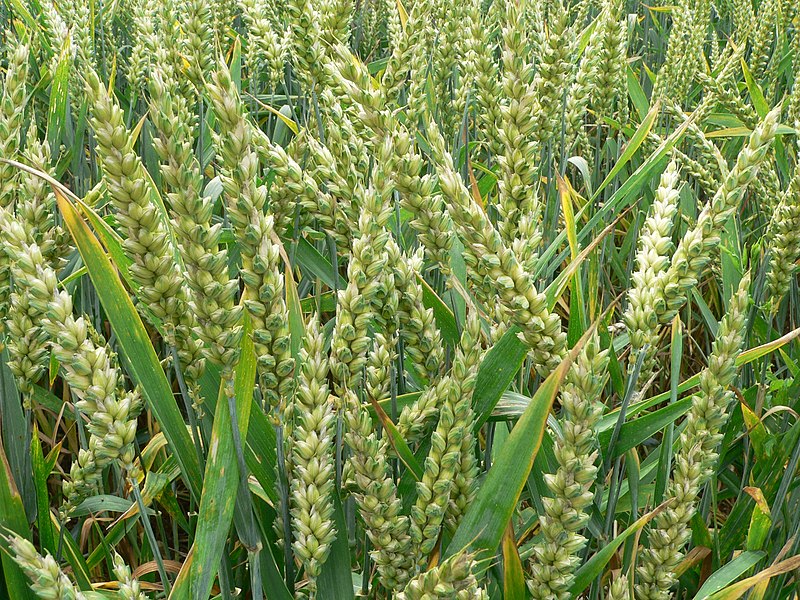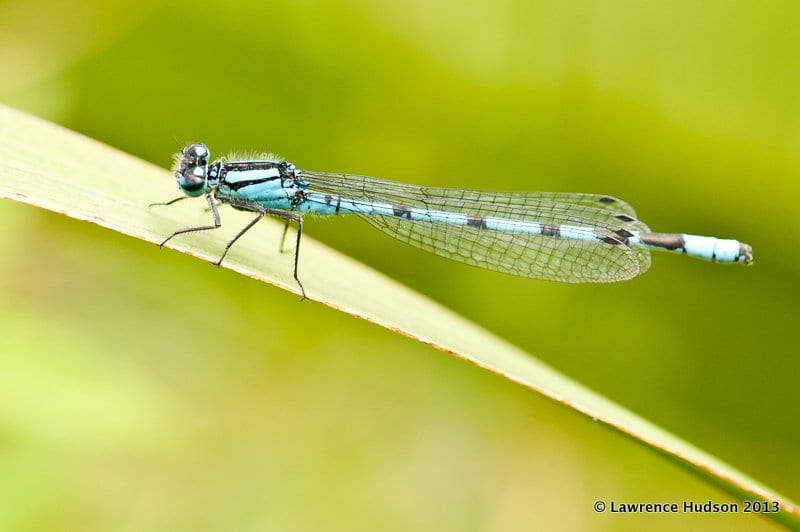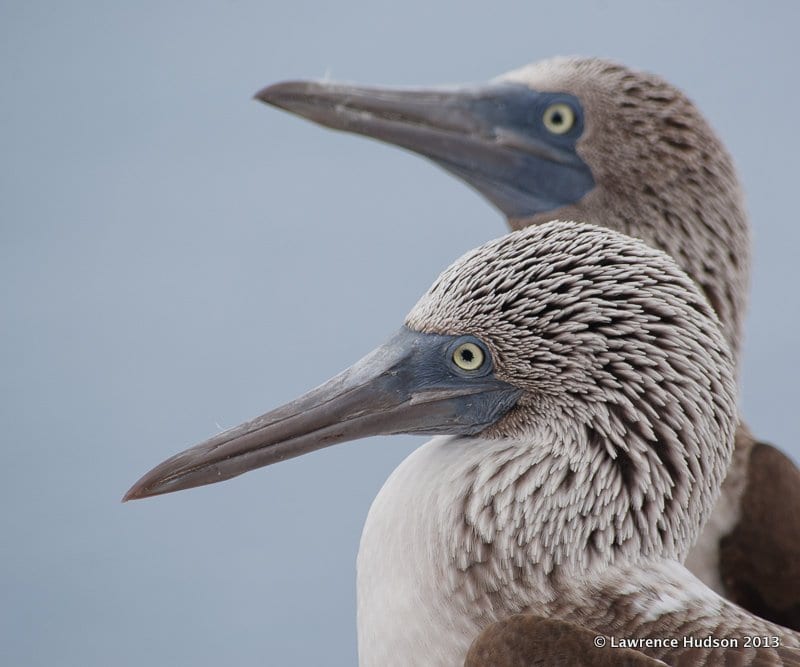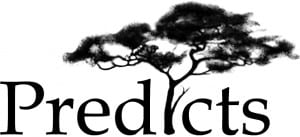We are in the grips of a mass extinction. There have been mass extinctions throughout evolutionary history, what makes this one different is that we’re the ones causing it. A recent review paper from GEE’s Dr Ben Collen discusses the current loss of biodiversity and suggests that our main concerns are species and population declines, which alter ecosystem dynamics and threaten our food, water and health. Understanding the drivers of local declines is more complex than understanding species extinction, but may be more pertinent to our ongoing health and survival.
The history of life on Earth has been punctuated by five mass-extinction events; from the Ordovician-Silurian extinction that killed 85% of sea life 443 million years ago, to the famous Cretaceous-Tertiary extinction that wiped out the dinosaurs 65 million years ago, mass extinctions have been a part of life. However, we are now in the middle of the sixth mass extinction event, and we’re the ones who are causing it. The last 500 years has seen humans cause a wave of extinctions of such speed and magnitude that it rivals the big five extinction events of the past.
Defaunation in the Anthropocene
Like other mass extinctions, the Anthropocene extinction event is affecting all taxonomic groups, although some are being hit harder than others. Since 1500, over 300 terrestrial vertebrates, 90 fish and nearly 400 are known to have been driven to extinction (although the real figures are likely much higher!). A conservative estimate suggests that we may be losing anywhere between 10,000 and 60,000 species each year. Many of these species go extinct before we ever even get a chance to identify them. Extinction is not evenly distributed, though – amphibians appear to be worse affected than birds, for example. Perhaps more worrying, many remaining species are suffering severe population declines. Globally, terrestrial vertebrate populations show declines of 25%, and 67% of monitored invertebrate populations are declining by 45%! The loss of species from ecosystems, either through local population declines or species extinction, will undoubtedly disrupt ecosystem function and the key ecosystem services humans rely on for survival and well being.
Scientists have coined the term ‘defaunation’ to include the extinction of species and populations as well as local declines in abundance. Defaunation can be thought of as deforestation for animals. It is an important point to make that although species extinctions are conspicuous and striking, the real damage to ecosystem function happens a long time before the final extinction event. Declines in populations will alter community composition far more than the final loss of the few remaining individuals of a population, and further, population declines have the potential to be reversed, if we act quickly enough!
Predicting Patterns of Defaunation
If we are to halt or even slow the current mass extinction, we need to identify both the causes of defaunation and the traits that make certain species so vulnerable to human disruption. The main drivers of defaunation are overexploitation of species, habitat destruction and introduced invasive species. These threats have all increased in severity over the past decade and look set to continue. In addition to these long-term threats, climate change is rapidly becoming the biggest threat to biodiversity. Most threatened species are under pressure from multiple human threats, but our understanding of the complex interactions and feedback loops between different threats is still in it’s infancy. It’s clear though that these threats do not act in isolation; a species trying to track suitable habitat as it moves with climate change will find that task much harder if habitat loss and fragmentation is also occurring.
Researchers have highlighted a number of life history and biological traits that tend to make species more vulnerable to human impacts. For example, species that have a small geographic range, large body size and produce just a few offspring after a long-development process, are more likely to be threatened with extinction due to human activities. However, our understanding of the traits that influence species’ extinction risk doesn’t help conservation as much as you might expect, because the relationship between these traits and extinction risk is often idiosyncratic and highly context-dependent. These relationships may also be more variable and weaker for individual populations than for whole species, making population declines more difficult to predict than whole-species extinctions. Defaunation, ultimately, is a synergistic function of the traits a species possess and the nature of the threat(s) it is exposed to.
Disrupting Ecosystems and Communities
The loss of biodiversity through defaunation is not just a concern because of the aesthetic appeal of an individual species, or of a world rich in diversity in general. It is also a major concern because defaunation will likely have a negative impact on the ecosystem goods and services upon which we rely upon for our wellbeing and survival. In fact, biodiversity loss is thought to be comparable to other threats such as pollution in terms of it’s impact on ecosystem function. Defaunation can be expected to have a negative impact on our food, water and health, as well as our psychological wellbeing.
Food
 Insect pollination is required for the continued production of 75% of the World’s crops, and is responsible for 10% of the economic value of the entire World’s food supply. Declines in pollinators are now a major problem, particularly in Northern Europe and the USA, and have been linked to declines in insect-pollinated plants. Biodiversity, particularly of small vertebrates, is provides crucial pest control services, valued at around $4.5 billion a year in the USA alone. Declines in small vertebrate populations are linked to cascading changes in the whole ecosystem which allow increases in pest abundance and, consequently, a loss of plant biomass. If the plant in question is a crop or food source, the results can be catastrophic.
Insect pollination is required for the continued production of 75% of the World’s crops, and is responsible for 10% of the economic value of the entire World’s food supply. Declines in pollinators are now a major problem, particularly in Northern Europe and the USA, and have been linked to declines in insect-pollinated plants. Biodiversity, particularly of small vertebrates, is provides crucial pest control services, valued at around $4.5 billion a year in the USA alone. Declines in small vertebrate populations are linked to cascading changes in the whole ecosystem which allow increases in pest abundance and, consequently, a loss of plant biomass. If the plant in question is a crop or food source, the results can be catastrophic.
Nurtient Cycling and Decomposition
 Invertebrates are also very important for their roles in decomposition and nutrient cycling. Defaunation can reduce these important services, and cause changes in the patterns of nutrient cycling that can have knock-on effects on a huge variety of ecosystems. Likewise, large vertebrates that roam large home ranges are important in connecting ecosystems and transferring energy between them, and yet these species are often the most severely impacted by human activities.
Invertebrates are also very important for their roles in decomposition and nutrient cycling. Defaunation can reduce these important services, and cause changes in the patterns of nutrient cycling that can have knock-on effects on a huge variety of ecosystems. Likewise, large vertebrates that roam large home ranges are important in connecting ecosystems and transferring energy between them, and yet these species are often the most severely impacted by human activities.
Water
 Another key ecosystem service is the provision of clean, fresh water. Research has shown that declines in amphibian populations can result in increases in algae, reduced nitrogen uptake and changes to oxygen availability in the water. This too will likely have major knock-on effects for other species (including ourselves!).
Another key ecosystem service is the provision of clean, fresh water. Research has shown that declines in amphibian populations can result in increases in algae, reduced nitrogen uptake and changes to oxygen availability in the water. This too will likely have major knock-on effects for other species (including ourselves!).
Health and Medicine
 Finally, we can expect defaunation to negatively affect our health. Species that are more robust to human disturbance are often also better at carrying and transmitting zoonotic diseases (diseases that are carried by animals and transferred to humans), and altering ecosystem dynamics can change behaviours that influence transmission rates. Defaunation is likely to also reduce the availability of pharmaceutical compounds and alter the dynamics of disease regulation. All of this may mean that defaunation leads to an increase disease and a reduction in the availability of therapeutic compounds.
Finally, we can expect defaunation to negatively affect our health. Species that are more robust to human disturbance are often also better at carrying and transmitting zoonotic diseases (diseases that are carried by animals and transferred to humans), and altering ecosystem dynamics can change behaviours that influence transmission rates. Defaunation is likely to also reduce the availability of pharmaceutical compounds and alter the dynamics of disease regulation. All of this may mean that defaunation leads to an increase disease and a reduction in the availability of therapeutic compounds.
The impact of defaunation is less about the absolute loss of biodiversity and more about the local shifts in species composition and functional groups, which alter ecosystem function and ultimately, our food, water and health. However, reductions in species exploitation and land-use change are two feasible actions that can be achieved rapidly and may buy us enough time to address other drivers of defaunation such as climate change. Globally, we need to reduce and more evenly distribute our consumption if we are to change current trends in defaunation, and open the possibility for refaunation.
Original Article:



This research was made possible by funding from the Natural Environment Research Council (NERC), the National Council for Scientific and Technological Development (CNPQ), the Foundation for the Development of UNESP, the Sao Paolo Research Foundation, the Joint Nature Conservation Committee (JNCC), the National Science Foundation (NSF) and the National Autonomous University of Mexico/a>.
 Close
Close




















